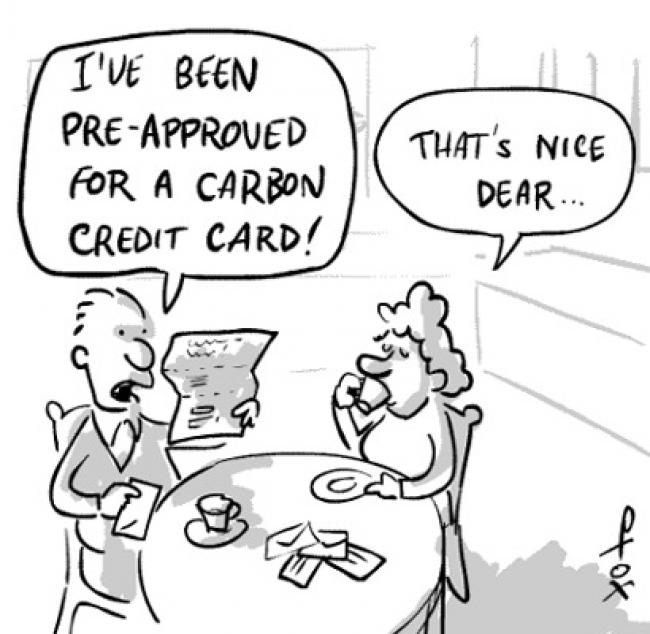Articles Menu

The Paris Agreement has mostly been greeted with enthusiasm, though it contains at least one obvious flaw. Few seem to have noticed that the main tool mooted for keeping us within the 2℃ global warming target is a massive expansion of carbon trading, including offsetting, which allows the market exchange of credits between companies and nations to achieve an overall emissions reduction. That's despite plenty of evidence that markets haven't worked well enough, or quickly enough, to actually keep the planet safe.
What we have ended up with is some murky semantics. Though terms such as “carbon trading,” “carbon pricing,” “carbon offsetting” and “carbon markets” don't appear anywhere in the text, the agreement is littered with references to a whole range of new and expanded market-based tools.
Article 6 refers to “voluntary cooperation” between countries in the implementation of their emissions targets “to allow for higher ambition in their mitigation and adaptation actions.” If that's not exactly plain speak, then wait for how carbon trading is referred to as “internationally transferred mitigation outcomes.”
The same Article also provides for an entirely new, UN-controlled international market mechanism. All countries will be able to trade carbon with each other, helping each to achieve their national targets for emissions cuts. While trading between companies, countries or blocs of countries is done on a voluntary basis, the new mechanism, dubbed the Sustainable Development Mechanism (SDM), will be set up to succeed the existing Joint Implementation and Clean Development Mechanism, providing for a massive expansion of carbon trading and offsetting while setting some basic standards.
Carbon market proponents have already celebrated this as “a new era of international carbon trading,” allowing the linking of existing national and regional trading schemes, such as the EU-ETS, as well as the soon to be established Chinese market.